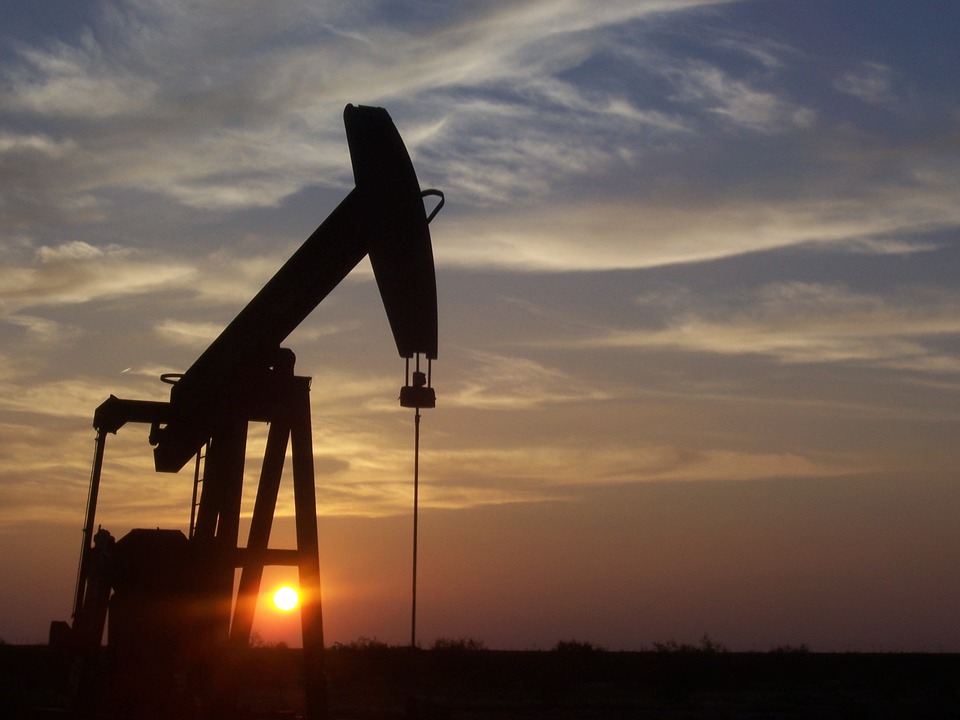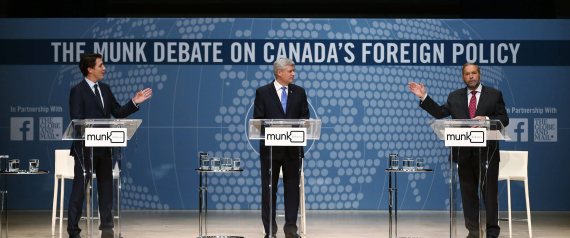As anti-racist and anti-colonialist movements are spreading around the world, instances of statues’ removals have risen. Monuments depicting racist or colonial figures that have stood for decades, and sometimes centuries, are now being taken down or vandalized by protestors. In response to these actions, some have argued that toppling statues and monuments is about erasing and revising the past.
In this edition of the Editors’ Forum, the program editors at the NATO Association of Canada discuss the implications of taking down cultural and historical landmarks considered as offensive and outdated.
Alex Johnson — Program Editor for Cyber Security and Information Warfare
More than Just Monuments: How Symbols of the Past Guide Canada’s Way Forward.
Statues and monuments depicting prominent historical figures are being taken down around the world in response to the growing calls to end systemic racism and move toward reconciliation. Here in Canada, many groups are calling for the removal of statues that depict famous colonial figures, including the country’s first Prime Minister, Sir John A. Macdonald. This past weekend, a statue of Sir John A was toppled in downtown Montreal by a group of demonstrators who were calling for the defunding of the city’s police force. At a time when the brutal consequences of systemic racism appear almost daily in our mainstream media, it seems entirely inappropriate to venerate the symbols of those who were the architects of our unjust system. And yet, the prospect of removing these statues has generated considerable opposition from those who insist that this is tantamount to the erasure of history. In response, I would argue that the removal of these monuments is merely another chapter in our history.
A popular compromise in this debate has been the possibility of affixing plaques to these statues which denounce their actions and educate the public about their role in history and the repugnant elements of their legacies. While I can certainly appreciate efforts to educate the public about the origins of systemic racism in Canada, I do not believe this is the most effective way to do so. This is because education (or lack thereof) is not the problem here. The problem is which historical narrative is being commemorated. John A. MacDonald was the architect of the Residential School system and is responsible for the genocide of Canada’s indigenous peoples. And yet, he is often referred to as a “nation-builder” and “The Father of Confederation.” The Canadian public has learned of the “nation-builder” narrative for generations and the Canadian Government has woefully underdelivered on its promise to advance reconciliation for far too long. Now is the time to add to our history by removing these statues and allowing the genocidaire narrative to dominate public discourse.
It should also be noted that the removal of colonial monuments and the addition of clarifying plaques are not mutually exclusive endeavours. By removing statues from their position of public prominence and relocating them to history museums, we can preserve them and attribute additional context to the lives of the figures being depicted.
Chloe Ketels — Program Editor for Emerging Security
History Or Memory? How Statues Have Become Polarizing In France’s Overseas Territories.
The recent trend of statue removals from public spaces has not spared France, where tensions have risen in the overseas territories following acts of vandalism towards historical monuments. On May 22nd in Fort-de-France, on the anniversary of the abolition of slavery in Martinique, two statues portraying Victor Schœlcher, a prominent figure of the French colonial system, have been taken down by anti-colonialist militants. A similar scenario took place in Guadeloupe and French Guyana, where other statues of Victor Schœlcher were vandalized. In the Island of Réunion, protesters targeted a statue depicting François de Mahy, French Minister of the Colonies between 1883 and 1888, covering his face and hands with red paint symbolizing blood. In response to these events, the French president declared that “the Republic will not erase any track or name from its history” and asserted its vehement opposition to a “hateful or false revision of the past.”
Emmanuel Macron’s claims raise the following question: what are statues, and what is their function in public spaces? I would argue that statues are not synonymous with history. At best, they represent the victors’ history, a collective memory that took precedence over others. Statues are erected at a given time as a marker of power and dominion over a territory, glorifying this domination. They embody the ideas and the legacy of the people they depict. In France’s overseas territories, the statues targeted by the protestors are symbols of the mainland’s white domination over Creoles communities, a predominance still visible today in these areas’ socioeconomic disparities. Keeping these monuments displayed is thus felt as an outrage to the local populations, especially to the communities descending from the slave populations, not because the figures represented have existed but because of their permanent glorification in public spaces.
Taking down monuments does not mean rewriting the past by erasing painful episodes and those who made them. It is more of an adjustment of cultural landmarks to the current reality and its values. Furthermore, turning away from outdated symbols is not a new phenomenon and appears rather inescapable as it illustrates historical transitions. However, removal should not imply destruction. As witnesses of the past, statues should serve an educational purpose and contribute to informing the public of the colonial system and its legacy by being relocated to more appropriate places such as museums.
Samer Khurshid — Research Analyst
The Statue Wars: To Save or Destroy?
Imagine if the Taj Mahal was destroyed by India’s current Modi Government. Taking the Taj down would erase the cultural and historical significance of the world’s greatest love story, that of the Mughal Emperor Shah Jahan and his wife.
So the question of history being lost, if statues or monuments are taken down, is a resounding yes. In fact, once a statue or monument is removed, it is hard to bring it back. A good example is the loss of history in Syria of the ancient city of Palmyra which was destroyed by Islamic State. Every time a statue or monument is removed, it in turn reduces the amount of history succeeding generations have to learn from.
However, history was being lost before monuments were taken down, in the sense of general lack of awareness. I know this through shows such as Josh Gates’s Expedition Unknown and Jeremy Clarkson’s The Greatest Raid of All Time. Today, few people are aware of ancient discoveries and less known yet equally bold events. In the case of the so-called “greatest raid”, codenamed Operation Chariot, only a “small monument exists in a car park in Falmouth, Cornwall”. Often the world notes that the Allied actions during the Battle of Britain symbolized hope and led to the defeat of Nazi Germany. Yet, as Jeremy Clarkson notes, had it not been for the raid on St. Nazaire, the allies would have likely lost the war. This part of history is being lost because most people have a general lack of knowledge of history, viewing history as a boring subject.
Therefore, in conclusion, statues and monuments shouldn’t be taken down, rather be seen as means for people to learn and gain an understanding of history. This is because historical events are almost always linked to each other, creating a chain of events. As such, it is imperative that organizations such as Historica Canada continue to inform people about world history. After all, Niccolo Machiavelli once noted that “whoever wishes to see the future must consult the past; for human events ever resemble those of preceding times.”
Cover image: The Albert Pike Memorial vandalized following the George Floyd protests (2020), by AgnosticPreachersKid via Wikimedia Commons. Licensed under CC BY-SA 4.0.
Disclaimer: Any views or opinions expressed in articles are solely those of the authors and do not necessarily represent the views of the NATO Association of Canada.




